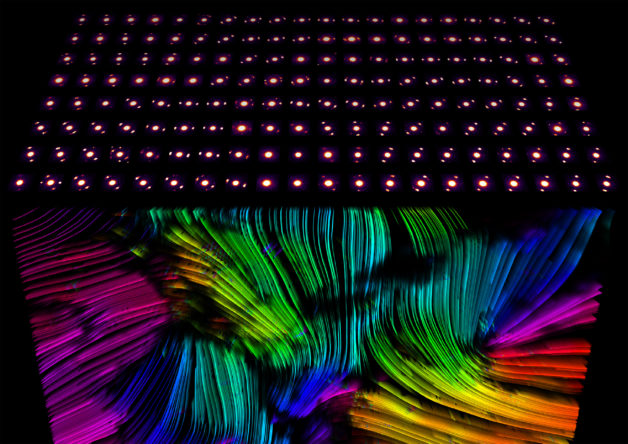
Supported by DOE’s Office of Science, researchers use electron microscopy to produce high-resolution images at the atomic scale of everything from composite nanomaterials to single proteins.
Taking the technology to low (cryo) temperatures could enable advances in materials science and other fields, according to Andrew Minor, facility director of the National Center for Electron Microscopy in Berkeley Lab’s Molecular Foundry. High-resolution electron microscopy at lower temperatures enables better images of materials that are sensitive to the electron beam. Dr Minor states “There’s this inherent tradeoff between the fact that electrons interact very strongly with matter, but that also means they very easily damage the matter. A metal or a ceramic can withstand many electrons, what we call a high dose of electrons in an experiment. You can get very crisp images because you can send a lot of electrons through and really boost your signal to noise ratio. In the biological community, or even with a soft material like a polymer, the electrons themselves can and do very quickly cause damage to the structures. This limits your ability to image the material in a pristine or representative state.
One way the field has addressed this is by performing low-temperature microscopy, so-called cryoEM, where you’re slightly limiting the damage to the material because things are more frozen in place and the damage doesn’t evolve as fast. But when you go to low temperatures, because the whole rest of the microscope column is warm compared with the low temperature of the sample, your sample moves and changes its position. And when you’re at high magnification it makes images blurry. So that’s why I personally think, and here at Berkeley Lab we think, the solution to this inherent problem is to make the entire microscope cold. A big new concept that we’re leading here is to develop a very low-temperature microscope that could go to one degree Kelvin. A lot of interesting materials exist only at those low temperatures.”